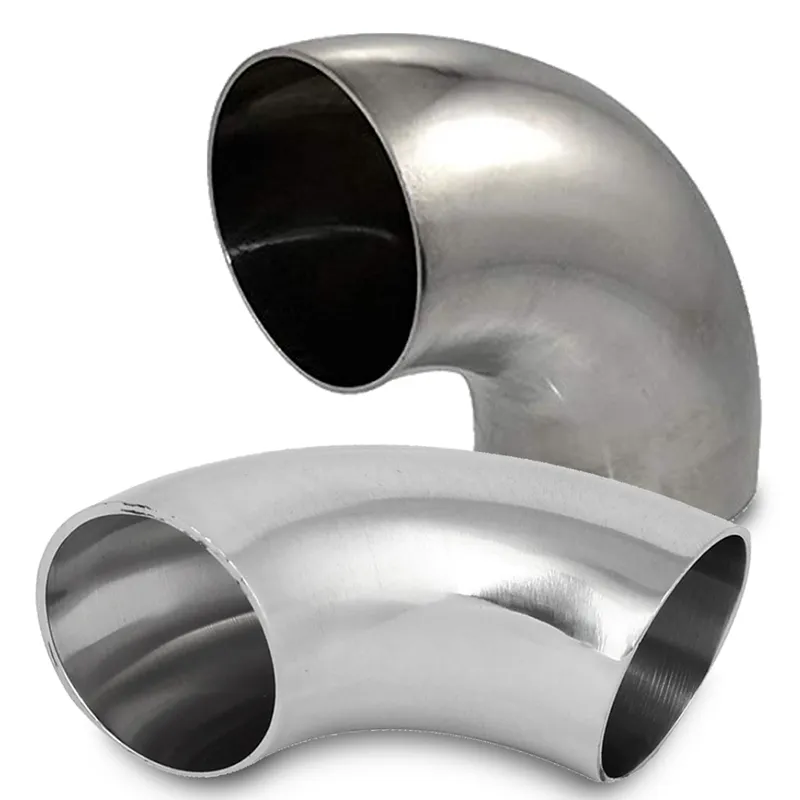-
Cangzhou Yulong Steel Co., Ltd.
-
Phone:
+86 13303177267 -
Email:
admin@ylsteelfittings.com
- English
- Arabic
- Italian
- Spanish
- Portuguese
- German
- kazakh
- Persian
- Greek
- French
- Russian
- Polish
- Thai
- Indonesian
- Vietnamese
- Zulu
- Korean
- Uzbek
- Hindi
- Serbian
- Malay
- Ukrainian
- Gujarati
- Haitian Creole
- hausa
- hawaiian
- Hebrew
- Miao
- Hungarian
- Icelandic
- igbo
- irish
- Japanese
- Javanese
- Kannada
- Khmer
- Rwandese
- Afrikaans
- Albanian
- Amharic
- Armenian
- Azerbaijani
- Basque
- Belarusian
- Bengali
- Bosnian
- Bulgarian
- Catalan
- Cebuano
- China
- China (Taiwan)
- Corsican
- Croatian
- Czech
- Danish
- Esperanto
- Estonian
- Finnish
- Frisian
- Galician
- Georgian
- Kurdish
- Kyrgyz
- Lao
- Latin
- Latvian
- Lithuanian
- Luxembourgish
- Macedonian
- Malgashi
- Malayalam
- Maltese
- Maori
- Marathi
- Mongolian
- Myanmar
- Nepali
- Norwegian
- Norwegian
- Occitan
- Pashto
- Dutch
- Punjabi
- Romanian
- Samoan
- Scottish Gaelic
- Sesotho
- Shona
- Sindhi
- Sinhala
- Slovak
- Slovenian
- Somali
- Sundanese
- Swahili
- Swedish
- Tagalog
- Tajik
- Tamil
- Tatar
- Telugu
- Turkish
- Turkmen
- Urdu
- Uighur
- Welsh
- Bantu
- Yiddish
- Yoruba

Лис . 10, 2024 06:43 Back to list
Different Types of Flanges Illustrated with Images for Easy Understanding
Understanding Types of Flanges with Pictures
Flanges are crucial components in piping systems, acting as a means to connect pipes, valves, pumps, and other equipment. Used in various industries, including oil and gas, water, and chemical processing, they contribute to creating a solid and leak-free joint. In this article, we will explore different types of flanges, their applications, and the characteristics that make them suitable for various tasks.
1. Weld Neck Flange
The weld neck flange is widely recognized for its robust characteristics and versatility. It features a long neck that allows for a gradual transition from the flange to the pipe. This design helps to reduce stress concentrations and is ideal for high-pressure applications. Weld neck flanges are typically made of carbon steel, stainless steel, or other alloys, making them suitable for extreme temperatures and pressures.

Applications - Oil and gas pipelines - High-pressure systems - Chemical processing plants
2. Slip-On Flange
The slip-on flange is one of the simplest and most commonly used types. It consists of a flat piece of metal with a hole in the center. This hole allows the flange to slip over the pipe end, and it is then welded in place. Slip-on flanges are easy to install and align, making them a cost-effective option for many applications.

Applications - Water treatment plants - HVAC systems - General piping applications
3. Blind Flange
As the name suggests, blind flanges do not have a hole in the center, which makes them perfect for sealing off the ends of piping systems. They are used when a temporary closure is needed, or when a new section of pipe is being constructed. Blind flanges can withstand high pressure and are available in various sizes and materials.

Applications - Pipeline closures - Access points for maintenance - Pressure testing
4. Socket Weld Flange
Socket weld flanges feature a socket on the inside where the pipe is inserted. This type of flange allows for a smooth flow and is primarily used in high-pressure applications. After the pipe is inserted, a fillet weld is applied around the socket, ensuring a solid connection.
types of flanges with pictures


Applications - Chemical processing - Oil and gas industries - High-pressure systems
5. Threaded Flange
Threaded flanges are designed with internal threads that match the external threads of the pipe. This allows for easy installation without the need for welding. However, threaded flanges are only suitable for low-pressure applications, as the threaded connection may be less secure than welded options.

Applications - Low-pressure piping systems - Applications where welding is not possible - Temporary connections
6. Lap Joint Flange
Lap joint flanges are designed to be used with a stub end rather than a pipe. This type of flange provides flexibility in alignment and can be easily rotated, allowing for easier installation and maintenance. They are typically used in applications where frequent disassembly is needed.

Applications - HVAC systems - Chemical processing - Pipeline connections requiring frequent maintenance
7. Orifice Flange
Orifice flanges are used in flow measurement applications, particularly where an orifice plate is required for flow monitoring. They come with specific design features that ensure precise measurement and accurate data collection.

Applications - Flow measurement systems - Water treatment plants - Oil and gas distribution systems
Conclusion
Flanges play a central role in the integrity and reliability of piping systems. By understanding the different types of flanges available—such as weld neck, slip-on, blind, socket weld, threaded, lap joint, and orifice flanges—engineers and contractors can make informed decisions based on their specific application requirements. Each type of flange has its unique advantages, and selecting the right one is crucial for ensuring the efficiency and safety of a piping system. As industry needs continue to evolve, so too will the designs and materials used in flange manufacturing, keeping pace with advancements in technology and engineering practices.
Latest news
-
ANSI 150P SS304 SO FLANGE
NewsFeb.14,2025
-
ASTM A333GR6 STEEL PIPE
NewsJan.20,2025
-
ANSI B16.5 WELDING NECK FLANGE
NewsJan.15,2026
-
ANSI B16.5 SLIP-ON FLANGE
NewsApr.19,2024
-
SABS 1123 FLANGE
NewsJan.15,2025
-
DIN86044 PLATE FLANGE
NewsApr.19,2024
-
DIN2527 BLIND FLANGE
NewsApr.12,2024
-
JIS B2311 Butt-Welding Fittings LR/SR 45°/90° /180°Seamless/Weld
NewsApr.23,2024











